14 Things to Do in Richmond, Va.
Just under a 2-hour drive from D.C., Richmond, Va., is a place of deep historical significance as it was heavily involved in the Civil War. There are many historical markers and sites that commemorate that period and many interesting museums.
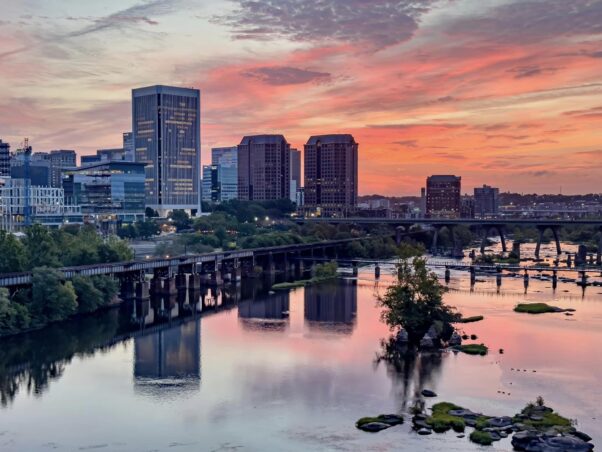
The Richmond skyline with the James River in the foreground. (Photo: Bill Draper Photography/Flickr)
Along with its role during the Civil War, Richmond is now known as an emerging tourist destination, and a huge number of exciting attractions have sprung up in recent years including craft breweries and restaurants that have put the city firmly on the culinary map.
Richmond sits on the James River, which has category III and IV rapids making for good kayaking and canoeing, or even swimming in calmer parts.
For those that prefer to keep their feet on dry land, Richmond is also studded with areas of great natural beauty including a wealth of parks where hiking and biking can be enjoyed, along with bird watching and horseback riding.

A boy feeds a giraffe at the Richmond Metro Zoo. (Photo: Richmond Metro Zoo/Facebook)
Metro Richmond Zoo
Metro Richmond Zoo, 8300 Beaver Bridge Road, Moseley, Va., is known for having more than 2,000 animals and 190 different species of wildlife from all over the world.
Many of the animals are endangered species like orangutans from Borneo as well as rhinos and tigers. There are also giraffes, tapirs and cheetahs. You can even feed the giraffes.
You will also find birds here including a budgie aviary. Attractions include e a safari train ride through the African Savannah, a sky lift for a bird’s eye view, a drop tower ride, carousel and a zip line.
The zoo is open from 9:30 a.m.-5 p.m. Monday through Saturday all year. It is closed Sundays, Thanksgiving, Christmas Eve, Christmas and New Year’s Day. Admission is $25.95 for anyone 12 and older and $19.95 for children 2-11.
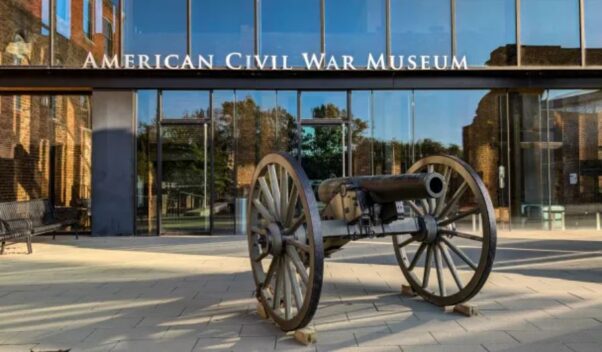
A cannon made at Tredegar Iron Works sits in front of the American Civil War Museum — Historic Tredegar.
(Photo: American Civil War Museum)
American Civil War Museum
The American Civil War Museum is comprised of three different museums.
The Historic Tredegar, 480 Tredegar St., Richmond, sits on the site of the Tredegar Iron Works in downtown along the James River.
Cannons made at Tredegar fired the first shots of the Civil War at Fort Sumter. The thick armor plating that protected the ironclad CSS Virginia (Merrimack) during its fight with the Monitor was rolled at Tredegar. More than half of the cannon used by the Confederate army were cast here.
Today, the building features two floors of exhibits that will take you on a journey from the very beginning of the Civil War to Reconstruction and beyond.
The White House of the Confederacy, 1201 E. Clay St., Richmond, is better known as the official residence of Jefferson Davis during the Civil War.
Today, you can take guided tours of the mansion and learn all about its historical and cultural significance.
Appomattox, 159 Horseshoe Road, Appomattox, Va., is built on the site where Gen. Ulysses S. Grant and the Army of the Potomac surrounded Robert E. Lee’s Confederate army. Lee met Grant at the McLean House 1 1/2 mlles down the road to surrender.
The museum’s two galleries are filled with more than 400 objects, documents and photographs that explore the Civil War, beginning with the secession of the southern states and ending with the Reconstruction era and post-war reunification efforts. There is also a reconstructed antebellum cabin.
The museum is located next to the White House and spans three floors with exhibits of Civil War memorabilia that tell the stories of those who lived and fought during the amazing period of history.
Tickets are $18 for adults for one museum, $28 for two or $39 for all three. Youth tickets ages 6-18 are $9, $14 and $19, respectively.
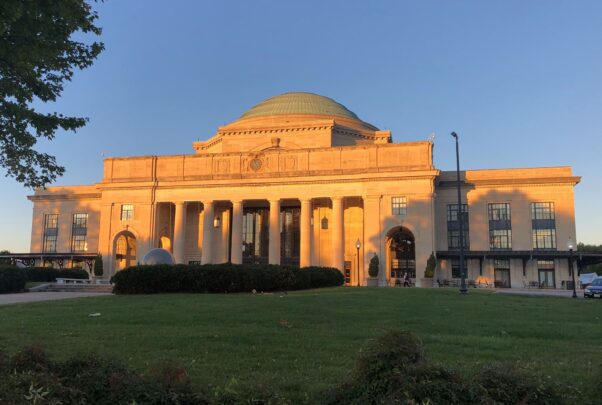
The Science Center of Virginia has a variety of hands-on exhibits. (Photo: Ed McLaughlin/Facebook)
Science Museum of Virginia
The Science Museum of Virginia, 2500 W. Broad St., Richmond, is the place to go if you love science.
If you are travelling with children and need a rainy day activity, then the museum is ideal, as you will find a huge range of interactive exhibits that will pique the interest of younger visitors.
Permanent exhibits are divided up into themed sections such as space, electricity, health and geology. There are also rotating galleries. The Dome Theater is home to a 76 foot screen that is the largest Virginia.
The Science Museum of Virginia is open from 9:30 a.m.-5 p.m. Tuesday through Sunday. Admission is $17.50 for adults ages 13-59, $14.50 for youth ages 6-12, $10 for preschoolers ages 3-5 and free for ages 2 and younger.
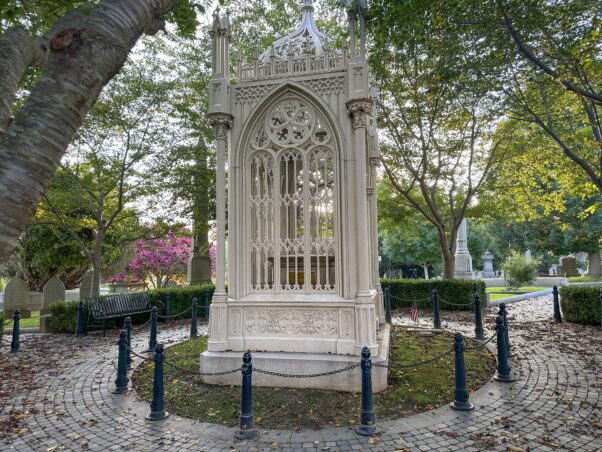
President James Monroe’s tomb, also know as the Birdcage, in Hollywood Cemetery. (Photo: Hollywood Cemetery/Facebook)
Hollywood Cemetery
The 135-acre Hollywood Cemetery, 412 S. Cherry St., Richmond, was founded along the James River in 1847 and is known for the famous figures who have been interred there over the years.
These include two former U.S. presidents — James Monroe and John Tyler — as well as many other prominent figures including six Virginia governors, two Supreme Court justices and prominent authors.
The cemetery is also the final resting place of thousands of Confederate soldiers. There are guided tours offered daily to learn about the history of the cemetery.
The cemetery is open 8 a.m.-5 p.m. daily and 8 a.m.-6 p.m. during Daylight Saving Time. Admission is free. There is a charge for tours.
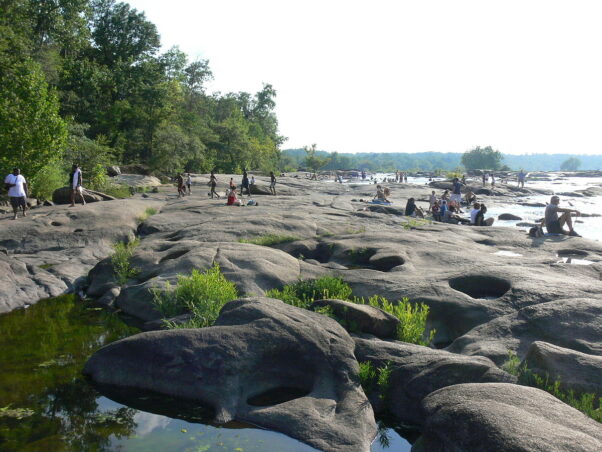
People sitting and sunbathing on the rocks on the north side of Belle Isle. (Photo: Wikipedia)
Belle Isle
Belle Isle, 300 Tredegar St., Richmond, is a 54-acre island accessible by a suspended pedestrian footbridge. It is part of the James River Park System, a 600-acre urban oasis.
It was first mapped by John Smith of Jamestown in 1607 and was originally known as Broad Rock Island. During the Civil War, the island was used as a prison for Union soldiers. Between 1862 and 1865, Belle Isle was home to about 30,000 POWs and as many as 1,000 died.
Belle Isle is a small area of land under the Robert E. Lee Bridge that is known for being surrounded by rocks that have been smoothed by the water so that they are flat in shape, and many locals come here to sunbathe on the rocks in the summer.
The island offers a unique combination of habitats including open fields, dense woodlands, cliffs, a pond and views of Hollywood Rapids, which are part of the seven miles of rapids that make up the Fall Line. Good birding may be had all year, with the best opportunities during migrations. More than 20 species of warblers have been seen here, including blue-winged and Nashville. In winter, look for waterfowl, including bufflehead, mergansers and American black ducks.
Belle Island is open from sunrise to sunset daily. Admission is free.
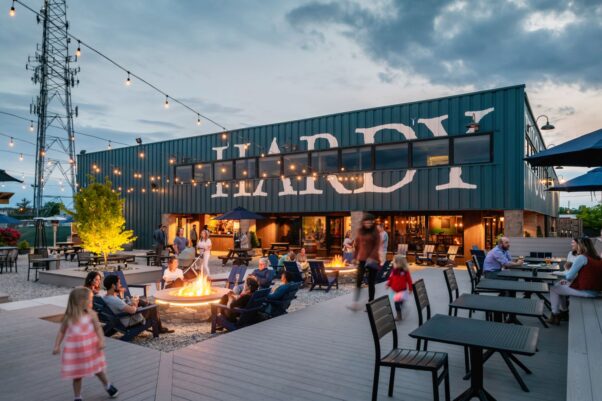
Hollywood Park Craft Brewery offers live music nights, trivia and special events and festivals in addition to its tasting room and pizza shop. (Photo: Ansel Olsen)
Hardywood Park Craft Brewery
In recent years Richmond has become known for its breweries, and one of the most famous of these is the Hardywood Craft Brewery, 2410 Ownby Lane, Richmond.
The brewery features a tasting room, and you can take a tour and learn how the beer is made before sampling some of the beverages. There is also a pizza kitchen that serves small bites, salads and 10-inch pies.
There is also live music nights, trivia and special events and festivals.
The brewery is open from 2-9 p.m. Tuesday through Thursday, 2-10 p.m. Friday, noon-10 p.m. Saturday and noon-8 p.m. Sunday.
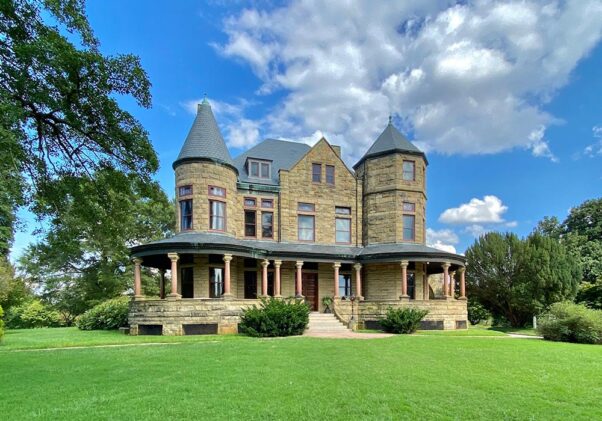
Maymont Mansion was built in the late-1880s. (Photo: Maymont)
Maymont
Maymont, 1700 Hampton St., Richmond, was built in the late 1880s by Richmond financier James Henry Dooley and his wife, Sallie, who lived in the 12,000 square-foot mansion from 1893-1925. The 100-acre grounds, mansion and contents were left to the City of Richmond in Dooley’s will.
Today, the museum includes the 33-room Victorian mansion, the Robins Nature Center, gardens and farm. The center is an ode to art and architecture as well as the flora and fauna of the region and you can tour the mansion, pet the animals in the barn or just wander through the gorgeous flower gardens.
Maymont is open from 10 a.m.-5 p.m. daily from October through March and 10 a.m.-7 p.m. April through September. The barn is open from 10 a.m.-5 p.m. Admission is free, but a $5 donation is suggested. Tours are available from 10 a.m.-5 p.m. Friday through Sunday for $8 for adults, $6 for children 3-16 and free for seniors 65 and older.
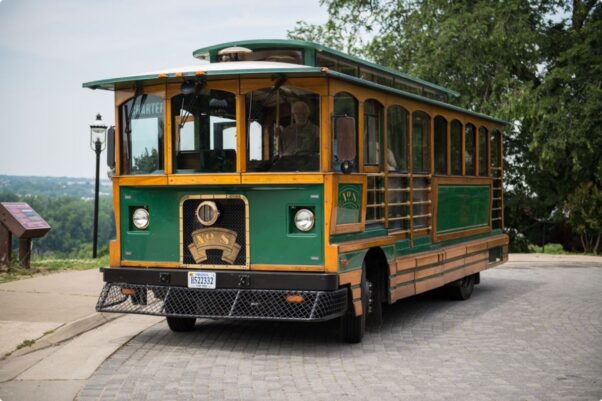
The RVA Trolley offers 2-hour tours around Richmond. (Photo: RVA on Wheels)
RVA Trolley
Richmond is known for being the first place in the world to introduce a trolley system in 1888.
The RVA Trolley, 1301 E. Cary St., Richmond, is enclosed and seats up to 26 people. It is decorated in period style with iron framed seats and cushions.
The 2-hour tours around the city on the trolley let you experience Richmond in style. See the sights and learn about Richmond’s landmarks, riverfront, architecture and history.
Tours leave at 11 a.m. Wednesday through Saturday and 2 p.m. Sunday. Tickets are $38 for adults, $35 for seniors and $25 for children under 14.
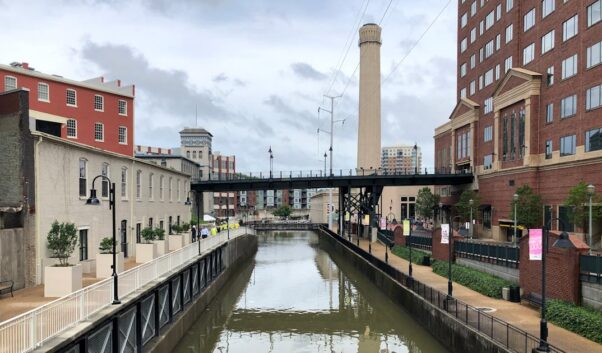
The Riverfront Canal Walk stretches 1.25 miles along the James River and Kanawha and Haxall Canals. (Photo: Venture Richmond)
Riverfront Canal Walk
The Riverfront Canal Walk stretches 1.25 miles along the James River and Kanawha and Haxall Canals, and has access points at nearly every block between 5th and 17th Streets.
The walk will take you through four centuries of history. As you skirt along the banks of the waterway, you will find 22 bronze medallions marking historic sites, statues, sculptures and other exhibits that will help to tell the story of the city.
The walk also passes by other amazing places of note such as the American Civil War Center and the Box Brown Plaza, so you can leave the trail and visit these venues at the same time.
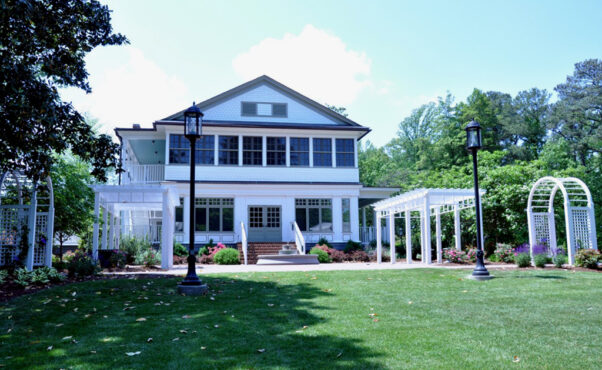
The rear patio of Armour House. (Photo: Henrico County)
Armour House and Gardens at Meadowview Park
The Armour House, 4001 Clarendon Road, Henrico, Va., was built by Edmund Christian at Meadowview in 1915. It is also the spot where Gen. Robert E. Lee watched the Seven Days Battle from the crest of the hill.
As well as the actual house, this site is known for its walking trail, flower gardens and picturesque fountains. For younger visitors, there are playgrounds and dedicated gardens. There are also educational programs and events throughout the year.
The park is open from dawn to dusk daily.
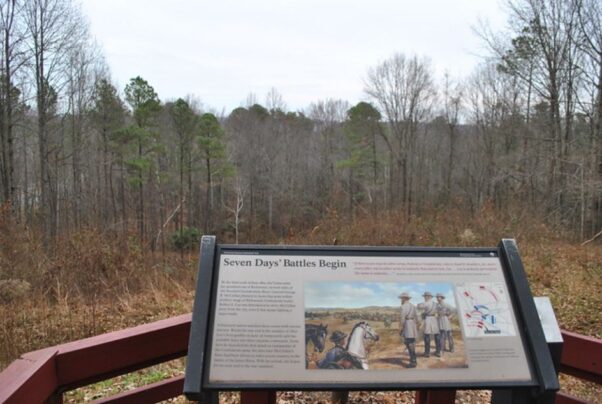
The overlook at Chickahominy Bluff, where the Seven Days Battle occurred. (Photo: SneakinDeacon/Flickr)
Chickahominy Bluff
Chickahominy Bluff, 4300 Mechanicsville Turnpike, Richmond, is a place of historical significance thanks to the events of the morning of June 26 1862, when more than 20,000 Confederate infantrymen gathered here to cross the neighboring Chickahominy River.
The subsequent skirmish became known as the Seven Days Battle. An audio exhibit atop the overlook platform offers an introduction to the fighting. The site also contains the remains of Confederate earthworks built to defend Richmond.
The park is open from sunrise to sunset daily except Thanksgiving, Christmas and New Year’s Day. Admission is free.
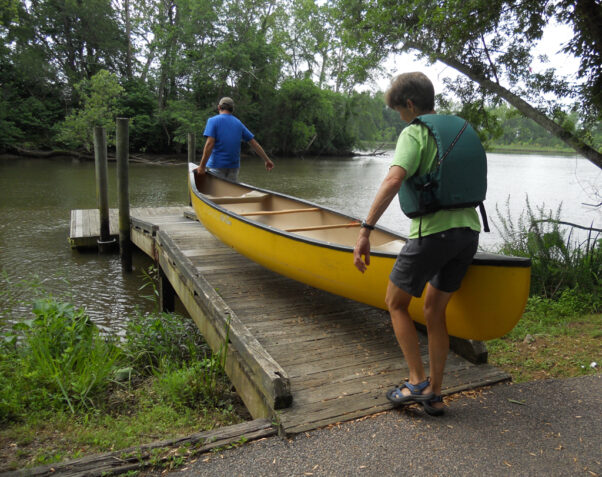
Two men launch a canoe at Deep Bottom Park. (Photo: Henrico County)
Deep Bottom Park
Deep Bottom Park, 9525 Deep Bottom Road, Richmond, sits at a fork of the James River and is the place to go if you want to get out on the water and experience all it has to offer.
There is a dock here that is a great place to fish with a wide array of local species. You can also launch a boat, as well as rent kayaks and canoes.
If you prefer to stay on dry land, the park is covered in ancient trees including oaks, sycamores and pine trees, which make the perfect haven for local wildlife. If you like bird watching then this an ideal choice.
Eagles, ospreys and herons are all common in the park as well as other local species, so if you are an animal lover you will find lots to enjoy here.
The park is open from dusk to dawn daily.
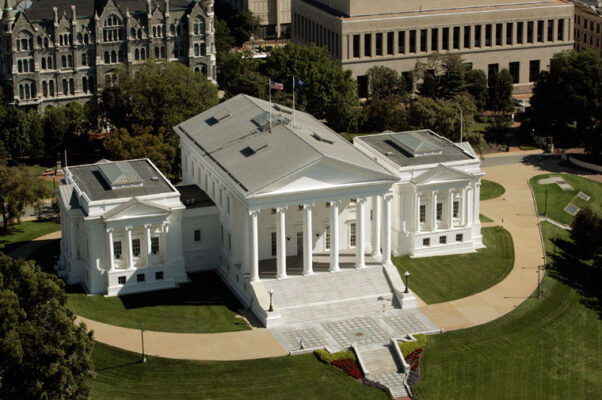
The Virginia State Capitol houses the oldest state legislature and was designed by Thomas Jefferson. (Photo: Joe Mahoney/Richmond Times-Dispatch)
The Virginia State Capitol
The Virginia State Capitol, 1000 Bank St., Richmond, dates from 1785 and was designed by Thomas Jefferson.
The building sits on atop Shockoe Hill, spans six hectares of land and houses the oldest legislative body in the U.S.
The Virginia General Assembly occupied the Capitol in 1788 and members of the Virginia executive and judicial branches moved into the building in 1789. It is the first American State Capitol designed after the Revolutionary War and the first public building in the New World to be constructed in the form of a classical Roman temple, based on an ancient Roman temple in Nimes, France.
The east wing for the House of Delegates and the west wing for the Senate of Virginia were opened in 1906 and remain in use by lawmakers today. The commonwealth’s executive and judicial officers are now located in buildings nearby.
The Capitol Building is open to the general public from 9 a.m.-5 p.m. Monday through Saturday and 1 p.m.-5 p.m. Sundays.
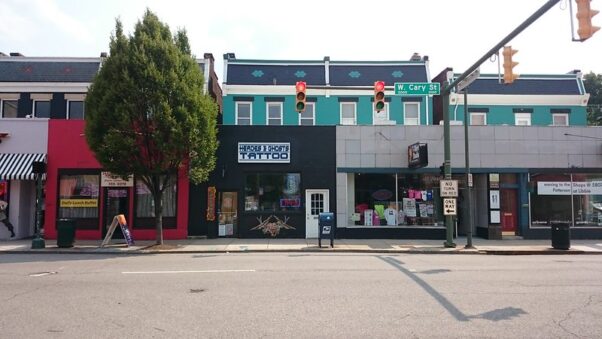
The 85-block Fan District is home to Victorian houses and unique shops and restaurants. (Photo: Payton Chung/Flickr)
The Fan District
The Fan District is so named because it consists of a group of streets that fan out from Belvidere Street, on the eastern edge of Monroe Park, westward to Arthur Ashe Boulevard.
The Fan is on the edge of the urban, artsy Virginia Commonwealth University campus, and you can sense that art school vibe throughout the neighborhood. The 85-block Victorian neighborhood is packed with hundred-plus-year-old houses — many with building-sized murals on them — coffee roasters and coffee shops, old school barbershops, awesome corner bars and more than 80 one-of-a-kind restaurants. The Fan’s got live music too, at a number of venues.
The district is popular with families and young couples as well as having a large student population and it is one of the most vibrant areas in the entire city.




